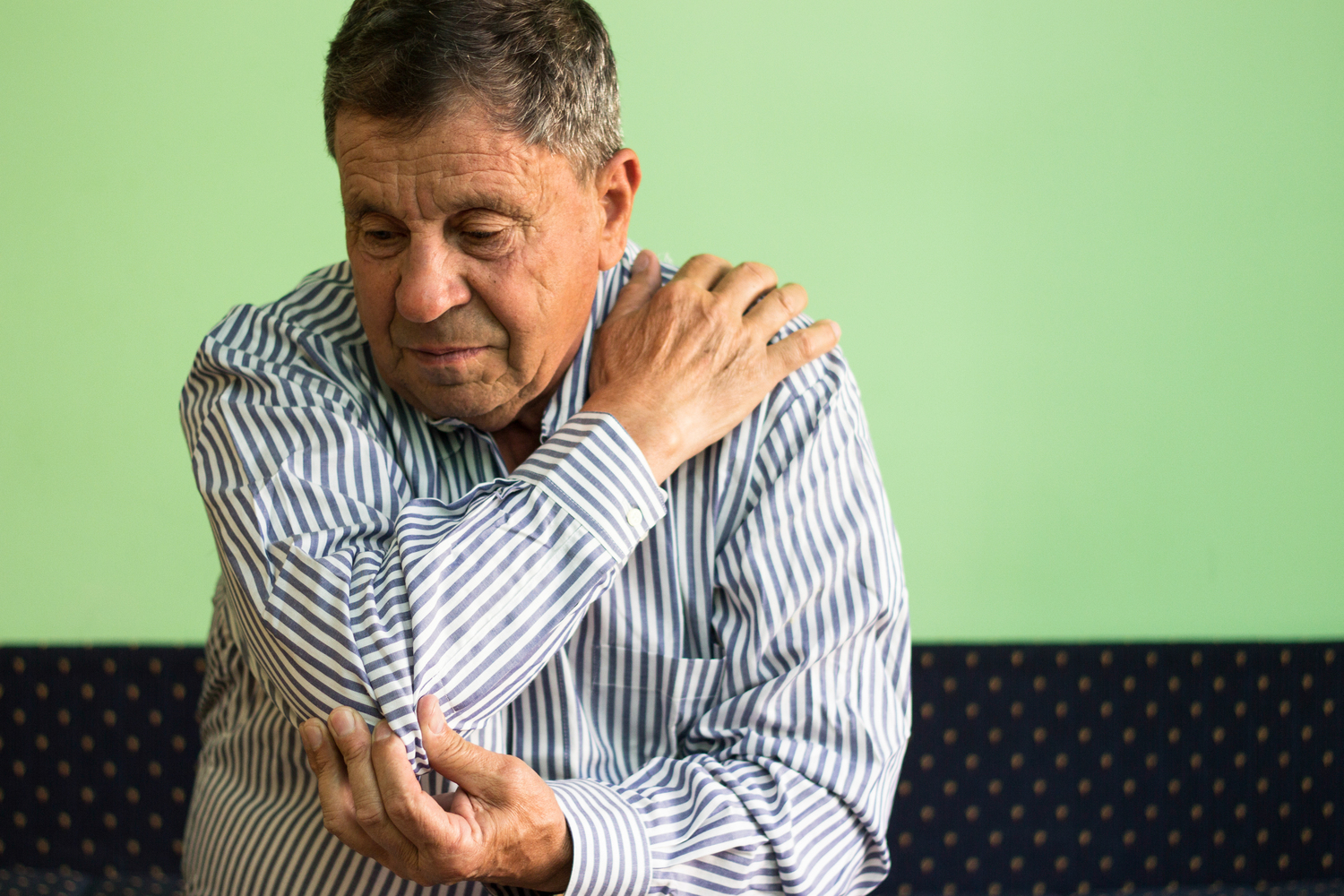
Some early signs of rheumatoid arthritis
In rheumatoid arthritis, an individual’s joints get attacked by their own immune system. The symptoms of this condition are known to most commonly affect the wrists, hands, and feet. Spotting the early signs of this disease as soon as possible can lead to a definitive diagnosis, followed by appropriate treatment plans to minimize its symptoms. Some of the early signs of rheumatoid arthritis are as follows:
- Fatigue: This is usually the symptom that appears the earliest and is the easiest to get dismissed. As rheumatoid arthritis causes inflammation in the joints, the body reacts to it, leading to fatigue. This may be noticed in interpersonal relationships and communication, everyday physical activities, and the emotional and mental state. It may cause a reduction in sex drive and can also reduce one’s productivity at work.
- Stiffness: Stiffness occurs in the early stages in either one or two joints but mostly affects the fingers. Its onset is slow, however, once the stiffness occurs, it lasts for several days. In addition to affecting certain joints, the condition may also cause a general stiffness in the body, which is commonly identified as morning stiffness in most patients with rheumatoid arthritis.
- Fever: The inflammation associated with this condition can also slightly raise the body temperature and lead to the patient feeling unwell. Accompanying the fatigue caused by rheumatoid arthritis, it stands as an early sign of the condition. This fever could be followed by joint pain in several areas.
- Weight loss: This symptom follows fever and fatigue. It is an indirect effect of inflammation, further reducing the appetite leading to a decrease in one’s weight.
- Joint pain: Fingers, feet, and wrists are the areas that are affected by the initial signs of rheumatoid arthritis. As the condition causes inflammation in the joints, its lining becomes thicker and leads to the production of extra joint fluid. Due to this, the pressure on the capsule around the joint increases and the surrounding nerve endings are irritated. This procedure leads to joint pains which are a clear sign of rheumatoid arthritis in the early stages.
- Reduced range of motion: One of the symptoms in the initial stages of rheumatoid arthritis is the difficulty in moving the wrist forward or backward. Eventually, with the progression of the condition, ligaments and tendons around the joints also get affected, making it even tougher to straighten or bend them.
- Joint redness: A red appearance or any discoloration of the skin in the areas around the joints can occur because of inflammation. This leads to the blood vessels present in that area widening, which reflects in the color of the skin present above them as more amount of blood flows through this area.
The sooner that the condition gets diagnosed, the lesser are the number of complications that the individual suffering from rheumatoid arthritis will have to experience.



